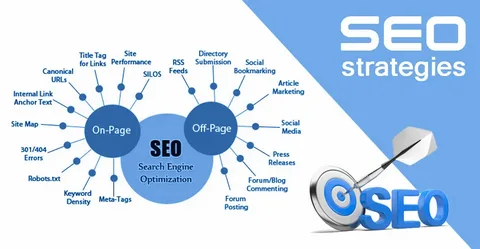Employee burnout has become a critical concern for organizations worldwide. It’s a stealthy adversary that can creep into your workplace unnoticed. Burnout can develop through various channels, including constant multitasking, after-hours emails, or endless virtual meetings.
The consequences, however, are unmistakable. Demoralized employees, plummeting productivity, and, ultimately, a detrimental impact on business performance are some drawbacks of employees suffering from workplace burnout. Besides, worker burnout costs money to the organization in numerous ways.
This article explores the concept of employee burnout, exploring its signs and underlying causes. We will also offer practical strategies for organizations to combat and prevent its detrimental effects.
Need for organizations to consider employee burnout critically
Employee burnout can significantly impact individual well-being and organizational performance. Some problems stemming from employee burnout include:
- Decreases productivity and engagement
- Increases absenteeism
- Leads to higher turnover rates
- Increases healthcare costs
Moreover, organizations risk losing top talent to burnout-related issues in today’s competitive labor market if they fail to address the underlying causes. Furthermore, neglecting employee burnout can tarnish an organization’s reputation in the age of heightened mental health and well-being awareness. It also undermines their ability to attract and retain skilled professionals.
Five reasons for employee burnout
Employee burnout can stem from the following factors within the workplace environment.
- Excessive workload
When employees consistently face unrealistic deadlines, high-pressure situations, or an unmanageable volume of tasks, they may feel constantly stressed and unable to cope, leading to burnout.
- Lack of control and autonomy
Employees who feel micromanaged or have limited control over their work processes and decision-making can experience heightened stress and frustration. A lack of autonomy can cause disempowerment and contribute to burnout over time.
- Poor work-life balance
In today’s “always-on” work culture, the boundary between work and personal life can blur. It can become challenging for employees to disconnect and recharge. Burnout becomes more likely when individuals cannot achieve a healthy balance between work responsibilities and personal well-being.
- Unclear expectations and role ambiguity
When employees do not have enough knowledge about their roles, responsibilities, or performance expectations, they may experience heightened anxiety and stress. Role ambiguity can lead to confusion, frustration, and inadequacy. Use employee monitoring software to set the right expectations and manage employee performance.
- Lack of recognition and support
Feeling undervalued for their contributions can impact employee morale. Employees who perceive a lack of recognition or support from their managers or peers may become disengaged and disillusioned.
Ten tips for organizations to overcome employee burnout
Here are ten actionable recommendations for organizations to effectively combat and overcome employee burnout.
- Promote work-life balance
Encourage your employees to create boundaries between work and personal life. Implement policies that discourage after-hours emails and respect off-duty hours to allow for adequate rest.
- Build a supportive work environment
Create an organizational culture where each employee feels valued and supported. Encourage two-way communication and provide means for feedback. Ensure managers are approachable and empathetic.
- Offer flexible work arrangements
Provide flexibility in work schedules and remote work options whenever feasible. This empowers employees to manage their workload to suit their needs. There’s also reduced stress associated with rigid work structures.
- Prioritize workload management
Help employees prioritize tasks and set realistic goals. Avoid overwhelming individuals with excessive workloads by redistributing tasks and delegating responsibilities when necessary.
- Encourage regular breaks
Emphasize the importance of regular breaks during the workday to recharge and avoid burnout. Encourage short breaks for physical activity or simply stepping away from screens to relax and refocus.
- Provide opportunities for skill development
Offer training programs and development initiatives to augment employee skills. Investing in employee growth boosts morale and creates a sense of purpose and accomplishment.
- Recognize and reward achievements
Acknowledge and celebrate employee contributions and achievements regularly. Recognition programs or even simple expressions of appreciation go a long way in boosting morale and reinforcing positive behaviors.
- Promote health and wellness initiatives
launch wellness programs that enhance physical and mental well-being. These include fitness challenges, mindfulness sessions, or access to counseling services. Encourage healthy lifestyle choices and provide resources to support employee health.
- Streamline communication channels
Simplify communication processes to reduce information overload and prevent communication fatigue. Use collaborative tools effectively and minimize unnecessary meetings and emails.
- Lead by example
Leadership at the workpalce is crucial in setting the tone for organizational culture and behavior. Demonstrate a commitment to work-life balance and actively support initiatives to combat burnout.
Bottom line
Understanding the signs and underlying causes are essential to understanding employee burnout. Next, implementing proactive strategies can help organizations mitigate the risk of burnout and create a workplace culture that prioritizes employee engagement. So, take decisive action to address these challenges, which will help create a healthier and more resilient workforce.





